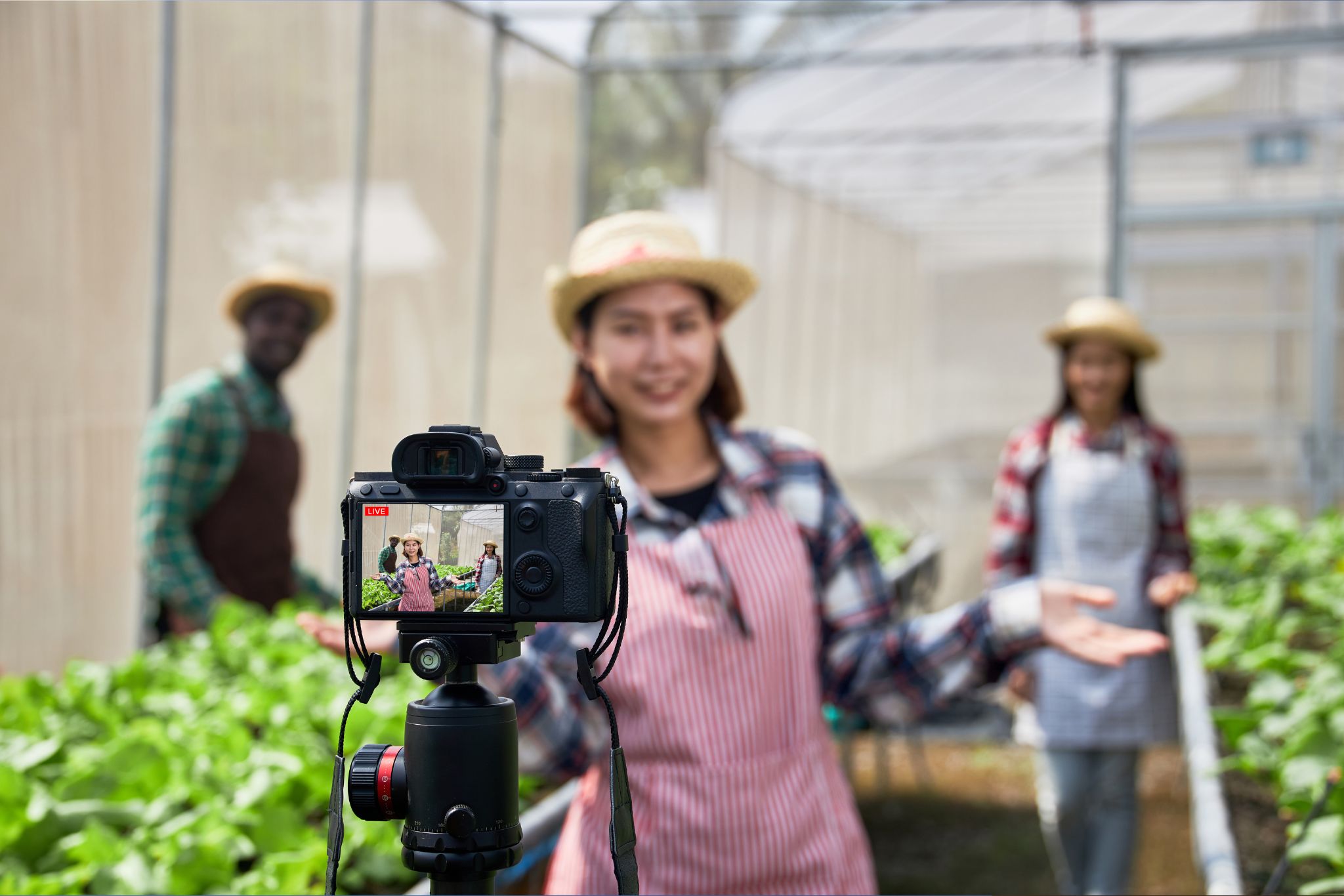One might have heard of the infamous ‘baby farms’ of the Victorian era which still sends shivers down one’s spine in recollection of the horror stories that emanated from the connected events in England and Sweden. And now, Influencer Farms (a very different type of farm) are mushrooming in certain parts of the world- particularly the East. While these might not be the gruesome, deadly events that shocked the world like the aforementioned baby farms, they somehow call to mind a dystopian world of authority and subjugation: a battle between the oppressor and oppressed, albeit in a very different setting.
What are Influencer Farms exactly? The concept of Influencer Farms surfaced as early as 2017 when in China it was discovered as a way to group many aspiring online influencers who could push product sales by recommending them via social media videos, in one factory-like space. Thus, the term ‘Influencer Farms’ was coined by Suzy Gardner in 2022, as it is akin to farming by acting quite like an incubator for aspiring social media influencers. These farms operate with the main objective of increasing sales and gaining higher revenues in a backdrop where consumers are incredulous about common marketing gimmicks and tactical advertising.
The truth behind the dream

It is common knowledge that influencers who make it big can earn a great deal of money. And so, many influencers who want to push products to a growing Chinese consumer market dream of becoming successful this way. Therefore, certain companies have begun to hire large warehouse-like spaces – perhaps a floor or two in high-rise buildings – and house a number of influencers under their roof to tote products to the Chinese market. However, stories of how hard this type of work is, are now surfacing and seem to draw parallels to sweatshops. Young men and women who have decided to follow this path work long hours each day that span around 8 hours or more of draining, non-stop work in dismal conditions, with off-days being very few and far between. They are crammed into small spaces and mass-produce content that is sold on their behalf. There are reports of one such ‘farm’ in China’s Guangzhou Province and run by a company called Ruhan.
So, why would influencers want to work with such companies and not on their own? Simply because it promises easy access to companies looking to hire the services of influencers, and companies like Ruhan act as intermediaries, while also giving these influencers the training and know-how they need. Although the work is by no means easy, the ability to find ready work makes these farms more attractive to fledgling social media influencers. In addition to this, they are also equipped with the necessary technology and gadgets from tripods to lights, backdrops, marketing material and so on.
The numbers don’t lie
It is estimated that between 2017 and 2020, the e-commerce market has expanded by 280 % and then some during the Covid-19 pandemic. Sales in the e-commerce market in China were estimated to reach over 500 billion USD in 2022. Now who wouldn’t want a slice of that?
‘But at what cost to young and impressionable lives?’ is the question we must ask.
But why the criticism?
As mentioned before, these farms are like sweatshops that encourage young aspiring influencers to literally live their waking hours in the tiny ‘studios’ or spaces allotted to them. A life outside their work becomes a near impossibility as they are given targets to meet and must work harder than the next person to make it to the next level. Often, these influencers’ images are also changed and transformed to suit the company’s needs to the point that their own authentic self is lost amidst the marketing hype. Somehow, it paints such a grim picture of these young entrepreneurs that it seems as though this lifestyle is an unwarranted punishment for merely wanting to be successful. This is exacerbated by the fact that some companies behind these farms do not pay their employees reasonably while amassing wealth for themselves. However, to most fledgling influencers the money they make is substantial enough to keep forging ahead.
The Big Brother behind it all
The live shopping industry is the catalyst behind the mushrooming of such farms with hundreds of influencers being required to sell thousands of products online in a telemarketing-like atmosphere throughout the day. And now this fad has spread to other Asian countries as well, with countries like Indonesia and South Korea not very far behind in the trend. Many of these influencers ride on the back of para-social relationships formed with their customers whom they have been trained to identify as either valuable and useful, or not. They are dissuaded from pursuing para-social relationships with customers deemed ‘not lucrative’ for sales.
Farming more ground?
How far is this trend expected to go, and will it expand to other areas of the world? So far, the outlook on this is that it will not be because consumers in the West are more intent on authenticity that allows them to follow the lives of such social influencers and engage in a very different kind of relationship with these online personalities. The emotional connection they seek with social influencers is more tangible and this doesn’t seem like something they would like to compromise on.
However, it is not possible to completely discount the popularity of influencer farming in the West. At this point a Margaret Atwood-esque prediction is imminent. If something has gained popularity in the past in one section of the world, it is never unlikely that it won’t pick up in the future in another part of the world.
We should all be wary.
The younger generation should not be made scapegoats in a tug-of-war between market forces. That’s a fact.
(Anouk De Silva)
